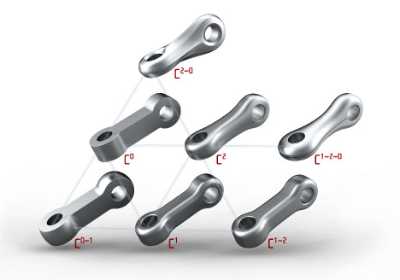man said in #3761 4mo ago:

Wanted to share one of my favorite pieces of aesthetic philosophy (as a branching off from >>3734). It is cleverly disguised as a product design blog post. If you haven't ever given much thought to why things look the way they do, this should be pretty convincing that there is a sort of Goethian science that the upper echelon of designers engage in with manufactured objects. More specifically, they have figured out how to strategically use the results of billions of years of Gnon's intelligent design process to imbue their objects with various desired emotional/psychological properties.
I'm generally interested in how to actualize the philosophical results of this milieu in ways that aren't just the obvious ones like politics. I very strongly believe we have the actual Truth at our fingertips around here, so we should be finding interesting ways to apply it in non-subversive, purely generative ways. Picking up the mandate of heaven in various disciplines/industries using a superior understanding of Nature seems like an easy way to build up smaller wins that improve the lives of individuals and also confer legitimacy upon/accrue resources to the broader sphere. Where else could we be doing this?
Here's a sneak peak of the post:
>Remember that the Tangent category does not exist in nature in pure form: it is a mental construction from man's imagination; an abstraction of functional form designed to simplify the task of product development. Predating CAD, this geometric linear- and arc-based approach evolved out of the mental constructs of design technique, industrial fabrication, and reproduction of the objects of the 20th Century.
Wanted to share one
